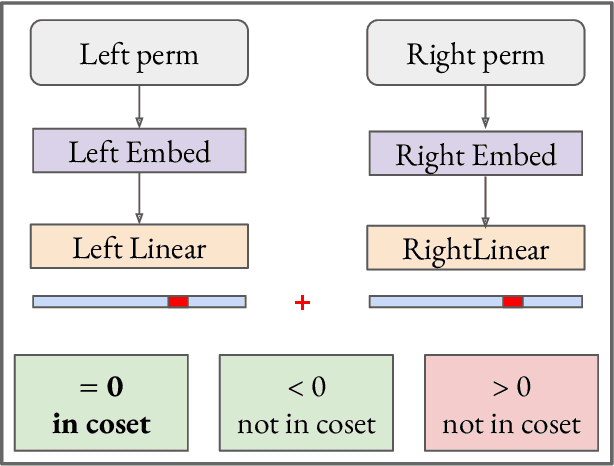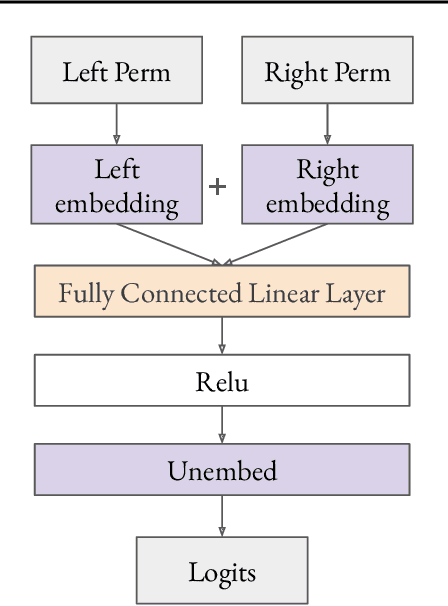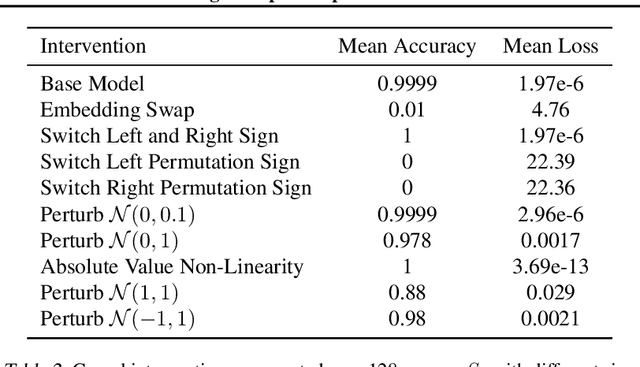Dashiell Stander
Michael Pokorny
The Common Pile v0.1: An 8TB Dataset of Public Domain and Openly Licensed Text
Jun 05, 2025Abstract:Large language models (LLMs) are typically trained on enormous quantities of unlicensed text, a practice that has led to scrutiny due to possible intellectual property infringement and ethical concerns. Training LLMs on openly licensed text presents a first step towards addressing these issues, but prior data collection efforts have yielded datasets too small or low-quality to produce performant LLMs. To address this gap, we collect, curate, and release the Common Pile v0.1, an eight terabyte collection of openly licensed text designed for LLM pretraining. The Common Pile comprises content from 30 sources that span diverse domains including research papers, code, books, encyclopedias, educational materials, audio transcripts, and more. Crucially, we validate our efforts by training two 7 billion parameter LLMs on text from the Common Pile: Comma v0.1-1T and Comma v0.1-2T, trained on 1 and 2 trillion tokens respectively. Both models attain competitive performance to LLMs trained on unlicensed text with similar computational budgets, such as Llama 1 and 2 7B. In addition to releasing the Common Pile v0.1 itself, we also release the code used in its creation as well as the training mixture and checkpoints for the Comma v0.1 models.
Humanity's Last Exam
Jan 24, 2025Abstract:Benchmarks are important tools for tracking the rapid advancements in large language model (LLM) capabilities. However, benchmarks are not keeping pace in difficulty: LLMs now achieve over 90\% accuracy on popular benchmarks like MMLU, limiting informed measurement of state-of-the-art LLM capabilities. In response, we introduce Humanity's Last Exam (HLE), a multi-modal benchmark at the frontier of human knowledge, designed to be the final closed-ended academic benchmark of its kind with broad subject coverage. HLE consists of 3,000 questions across dozens of subjects, including mathematics, humanities, and the natural sciences. HLE is developed globally by subject-matter experts and consists of multiple-choice and short-answer questions suitable for automated grading. Each question has a known solution that is unambiguous and easily verifiable, but cannot be quickly answered via internet retrieval. State-of-the-art LLMs demonstrate low accuracy and calibration on HLE, highlighting a significant gap between current LLM capabilities and the expert human frontier on closed-ended academic questions. To inform research and policymaking upon a clear understanding of model capabilities, we publicly release HLE at https://lastexam.ai.
Grokking Group Multiplication with Cosets
Dec 11, 2023



Abstract:We use the group Fourier transform over the symmetric group $S_n$ to reverse engineer a 1-layer feedforward network that has "grokked" the multiplication of $S_5$ and $S_6$. Each model discovers the true subgroup structure of the full group and converges on circuits that decompose the group multiplication into the multiplication of the group's conjugate subgroups. We demonstrate the value of using the symmetries of the data and models to understand their mechanisms and hold up the ``coset circuit'' that the model uses as a fascinating example of the way neural networks implement computations. We also draw attention to current challenges in conducting mechanistic interpretability research by comparing our work to Chughtai et al. [6] which alleges to find a different algorithm for this same problem.
VQGAN-CLIP: Open Domain Image Generation and Editing with Natural Language Guidance
Apr 18, 2022



Abstract:Generating and editing images from open domain text prompts is a challenging task that heretofore has required expensive and specially trained models. We demonstrate a novel methodology for both tasks which is capable of producing images of high visual quality from text prompts of significant semantic complexity without any training by using a multimodal encoder to guide image generations. We demonstrate on a variety of tasks how using CLIP [37] to guide VQGAN [11] produces higher visual quality outputs than prior, less flexible approaches like DALL-E [38], GLIDE [33] and Open-Edit [24], despite not being trained for the tasks presented. Our code is available in a public repository.
 Add to Chrome
Add to Chrome Add to Firefox
Add to Firefox Add to Edge
Add to Edge